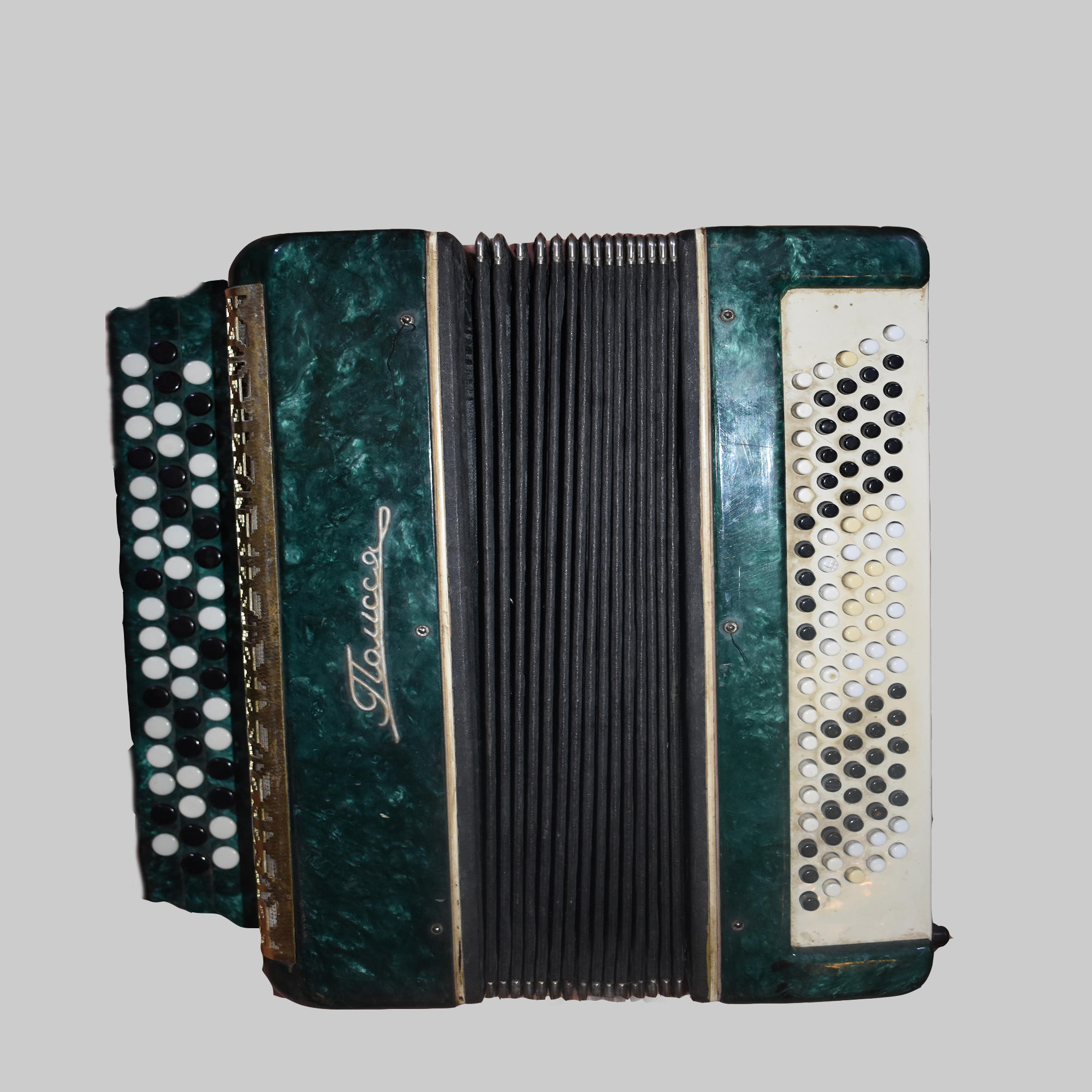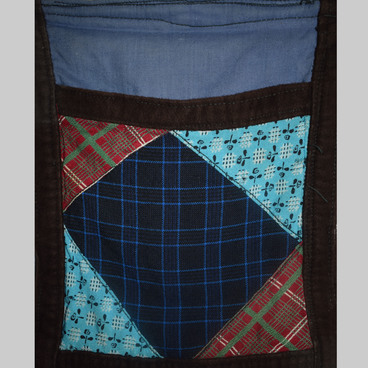Bayan is a Russian musical instrument classed as a perfect harmonic. For the first time the name ‘bayan’ appeared in concert announcements dated back to 1891, before then such instruments were exclusively called harmonics.
Historians suggest that harmonics evolved from an instrument called ‘sheng’ widely used in Asia and appeared in Russia during the time of Tatar-Mongolian rule. This unusual instrument soon reached Europe, where it underwent some design changes and quickly rose to popularity.
In Russia, harmonics gained popularity only in the 19th century, when famous manufacturer and gunsmith Ivan Evstratievich Sizov (1793–1855) bought a German single-row accordion at a fair in Nizhny Novgorod. Upon returning home, he made a copy whose sound quality was on par with that of the foreign original, and then opened a workshop specialising in production of harmonics.
The first factory production of new musical instruments for Russia was launched in the 1840s in Tula. The factory belonged to Timofey Pimenovich Vorontsov (1787-1854) and produced about 10000 instruments annually. By mid-19th century, harmonics had become a truly national instrument, not a single Russian gathering was good enough without it. Subsequently, many harmonics workshops emerged in Russia, each trying to bring something of their own to the instrument, so today there is a large number of harmonics that differ in sound scale and appearance. The first harmonics were produced in Tula and had one row of buttons on each side.
This principle has been preserved in the production of small concertos, called ‘turtles’.
Following the Tula masters’ footsteps, harmonics producers in Saratov established their own businesses. Local craftsmen added bells to the construction of the instrument, which the people loved Saratov harmonics for. Vyatka handicraftsmen, who also did their best, did not stand aside, making the design more complex with additional buttons for each hand. The new instrument was called the Vyatka accordion.
All the musical instruments mentioned were single-row and differed in sound that was played when a button was pressed to compress and unclench bellows. Single-row harmonics were called talyanki and had two systems: Russian and German. Double-row accordions came to Russia from Europe which got the name “Russian wreaths”. They are now very rare, since in the 20th century they were replaced by more modern lamenesses.
The button accordion was first designed by Peter Egorovich Sterligov for harmonist Yakov Orlansky-Titarenko. The instrument was named in honour of an old Russian singer and storyteller Boyan.
Historians suggest that harmonics evolved from an instrument called ‘sheng’ widely used in Asia and appeared in Russia during the time of Tatar-Mongolian rule. This unusual instrument soon reached Europe, where it underwent some design changes and quickly rose to popularity.
In Russia, harmonics gained popularity only in the 19th century, when famous manufacturer and gunsmith Ivan Evstratievich Sizov (1793–1855) bought a German single-row accordion at a fair in Nizhny Novgorod. Upon returning home, he made a copy whose sound quality was on par with that of the foreign original, and then opened a workshop specialising in production of harmonics.
The first factory production of new musical instruments for Russia was launched in the 1840s in Tula. The factory belonged to Timofey Pimenovich Vorontsov (1787-1854) and produced about 10000 instruments annually. By mid-19th century, harmonics had become a truly national instrument, not a single Russian gathering was good enough without it. Subsequently, many harmonics workshops emerged in Russia, each trying to bring something of their own to the instrument, so today there is a large number of harmonics that differ in sound scale and appearance. The first harmonics were produced in Tula and had one row of buttons on each side.
This principle has been preserved in the production of small concertos, called ‘turtles’.
Following the Tula masters’ footsteps, harmonics producers in Saratov established their own businesses. Local craftsmen added bells to the construction of the instrument, which the people loved Saratov harmonics for. Vyatka handicraftsmen, who also did their best, did not stand aside, making the design more complex with additional buttons for each hand. The new instrument was called the Vyatka accordion.
All the musical instruments mentioned were single-row and differed in sound that was played when a button was pressed to compress and unclench bellows. Single-row harmonics were called talyanki and had two systems: Russian and German. Double-row accordions came to Russia from Europe which got the name “Russian wreaths”. They are now very rare, since in the 20th century they were replaced by more modern lamenesses.
The button accordion was first designed by Peter Egorovich Sterligov for harmonist Yakov Orlansky-Titarenko. The instrument was named in honour of an old Russian singer and storyteller Boyan.


